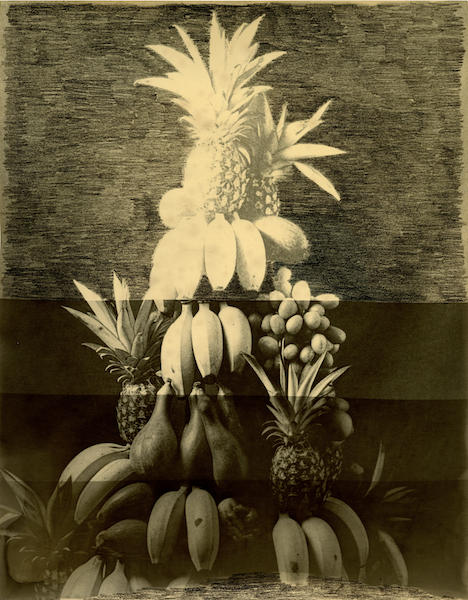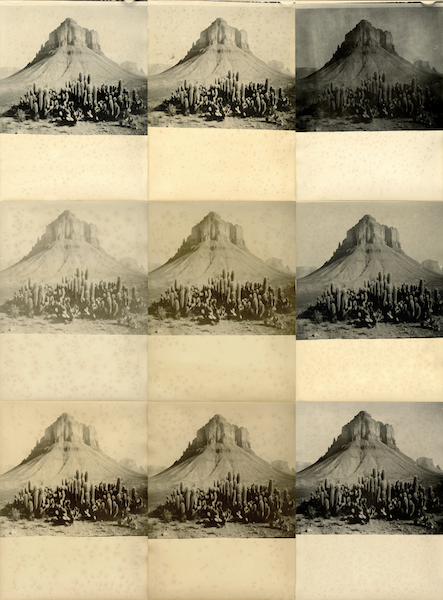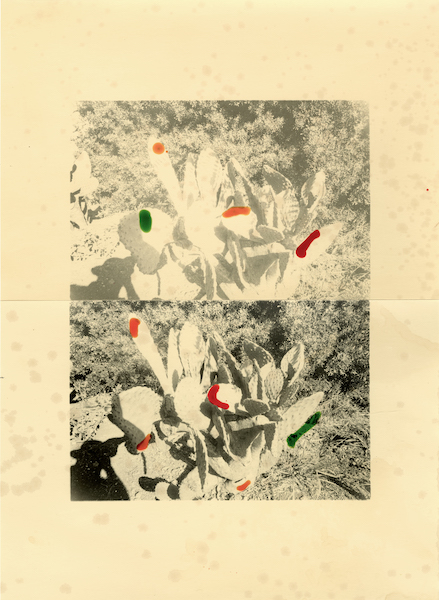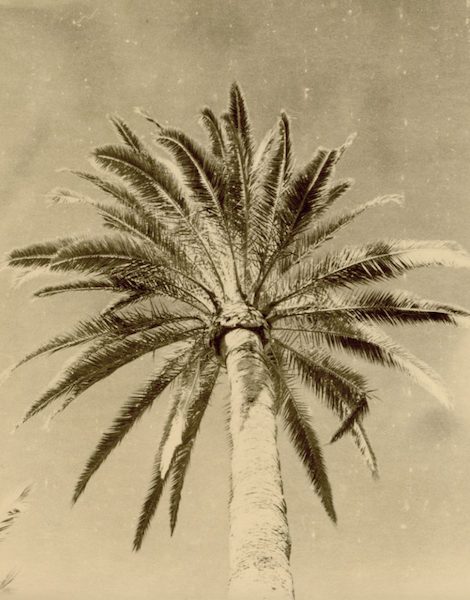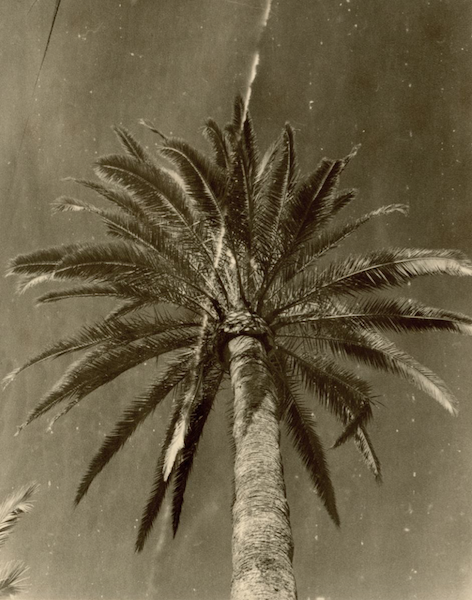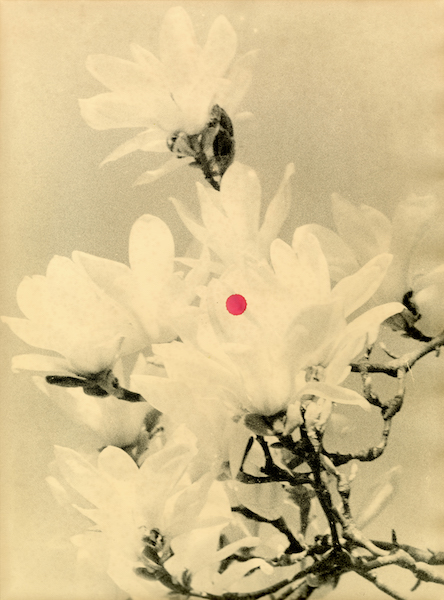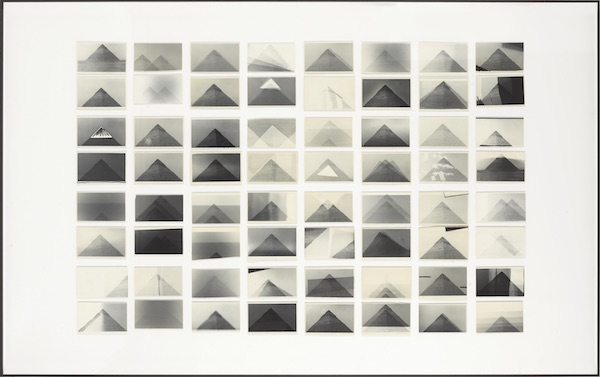
Bruno V. Roels
Woke Up Laughing
02/12/2023
17/02/2024
FIFTY ONE
Opening: Saturday, December 2nd from 2-6 pm, in the presence of the artist.
For his fifth solo exhibition at Gallery FIFTY ONE, Belgian artist Bruno V. Roels (°1976) presents new work and delves further into the possibilities of the analog photographic process. In ‘Woke Up Laughing’, his images navigate between aesthetics and experimentation, escapism and a historical consciousness.
Inspired by artists like John Baldessari (1931-2020) and Ed Ruscha (°1937), who approached photography in a conceptual manner, Roels also questions the properties of the image: how it operates, influences, and deceives. What defines photography as photography? And how do viewers interpret it, in an era marked by image manipulation and production, where visual communication sets the tone? These are significant questions embedded in his body of work.
While Roels’ artistic practice is primarily rooted in analog photography, he combines analog techniques with other art forms, non-photographic processes, or Artificial Intelligence and generative imaging. This allows the artist’s imagination to reach its peak, as nothing is deemed impossible. Additionally, the artist plays with the reproducible nature of the medium, creating unique works often consisting of multiple variations of the same negative, compiling them as equivalent images within the same frame, rendering no image perfect or superior to another. He also produces overprints, where the same negative is printed several times, causing the images to blend. The yellowed, coffee- coloured prints give his work a recognizable vintage look. Artistic imperfections and incidental elements, such as creases and stains that occur during printing, remain visible and characterize his visual language. By imprinting text on the prints or by drawing and painting on them, Roels adds surreal elements and layers of meaning.
Read the full press release here (ENG).
Lees de volledige perstekst hier (NL).
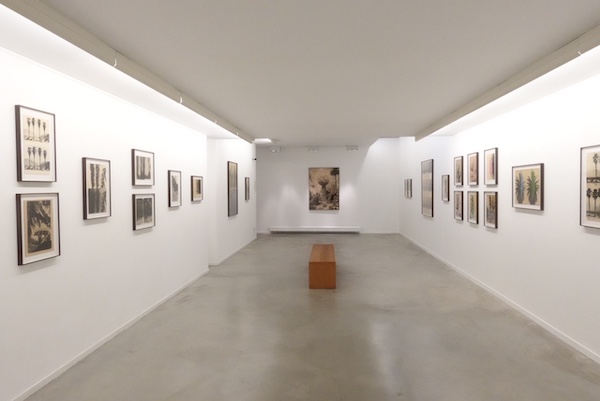

Bruno V. Roels
Bruno Roels divides his time between writing and photographing. He considers the act of printing (turning a photograph into a tangible object) as important as the act of photographing itself. He photographs almost nonstop, documenting his entire life, building a sizable archive. In his dark room he uses that archive to explore the analogue photographic process. Rather than trying to make ‘the perfect gelatin silver print’ he assumes that all prints are perfect and gives all variations equal attention.
He’s looking for poetry, and photographic truth, in sequences and fluctuations. Details in his photographs may become lead motives in bigger compositions, and obvious subject matter is reduced to abstract information through numerous reiterations.
biography
Born in 1976 in Belgium
Lives and works in Ghent, Belgium
Visit artist website here
View an overview of the 28 Vignon Street edition ‘Flowers for Henriette’ here

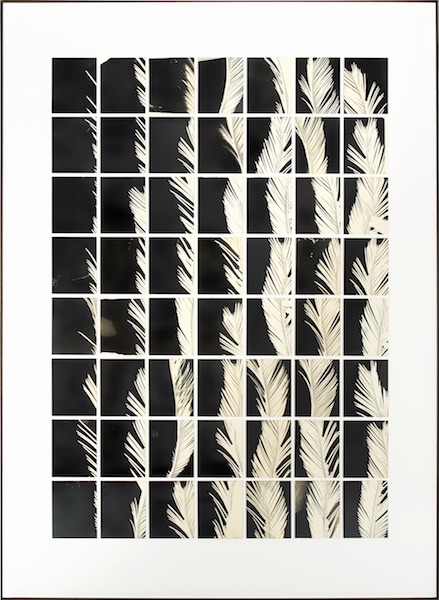
Getting away from the tyranny of viewfinders
The American conceptual artist Baldessari warned against the “tyranny of camera viewfinders and rectangular boxes of enlarging papers”. He had a valid point; a lot of photography is defined by the camera used, the film (or technology) in that camera, and the paper the photographs are printed on. Bruno V. Roels was frustrated by this and started researching ways to get more out of the process. Not just to be ‘different’ but to get away from ‘the tyranny’ of normal photography.
Roels found that the very act of developing and printing analogue photography offers endless ways to be free, artistically.
All prints have value
Instead of fussing over making the perfect gelatin silver print, for example, Roels realized that all printed versions of an image have value, and he decided to not show that one perfect print, but all of them, in one composition. Some of his compositions consist of hundreds variations of one single negative, all printed in the dark room.
Photography is a mimetic art, it imitates life. But Roels pushes it further: when printing variants of one image; he creates a mimetic feedback loop. The prints are not just interpretations of a reality, but of themselves as well.

